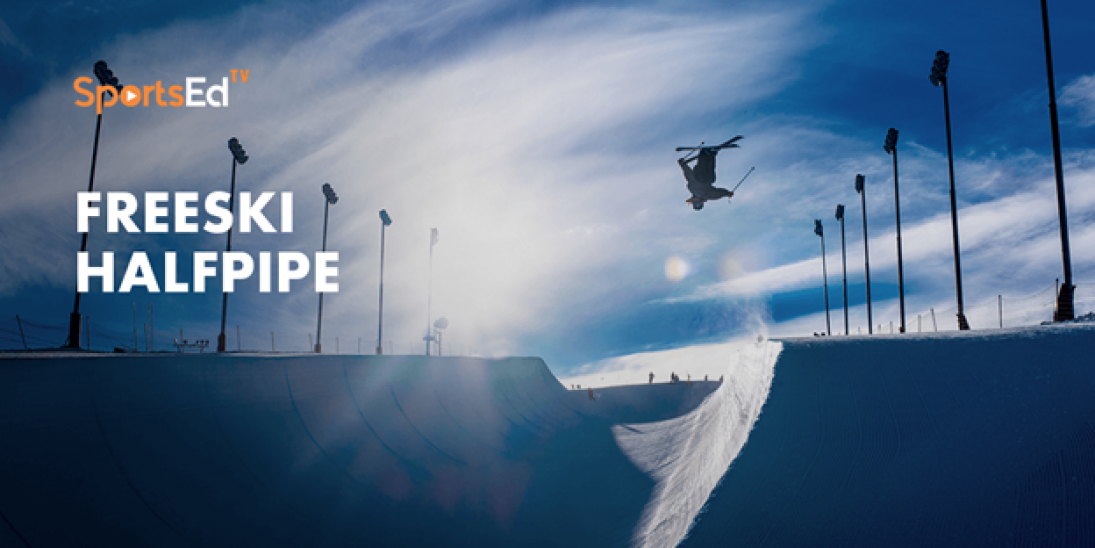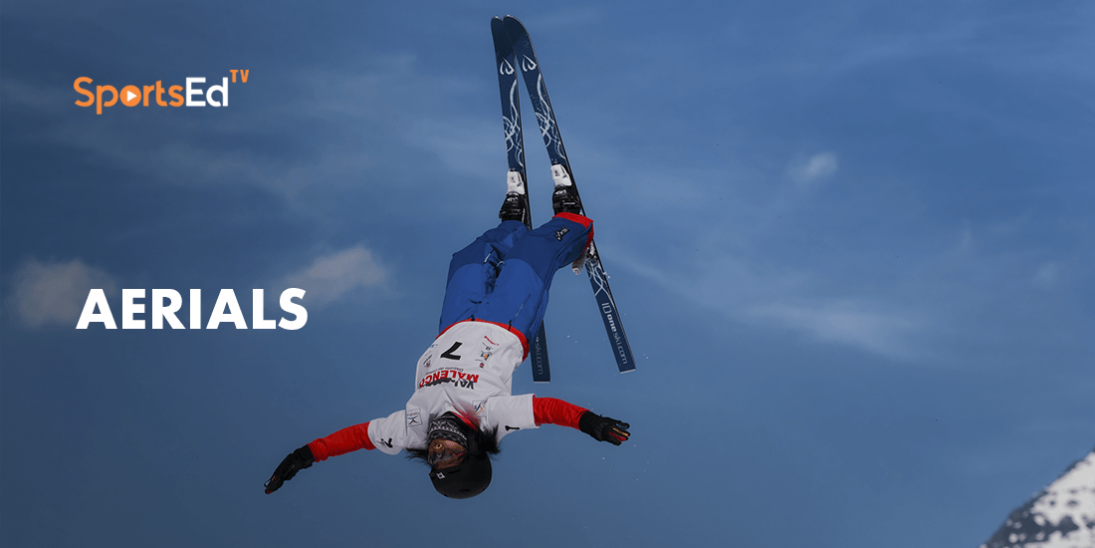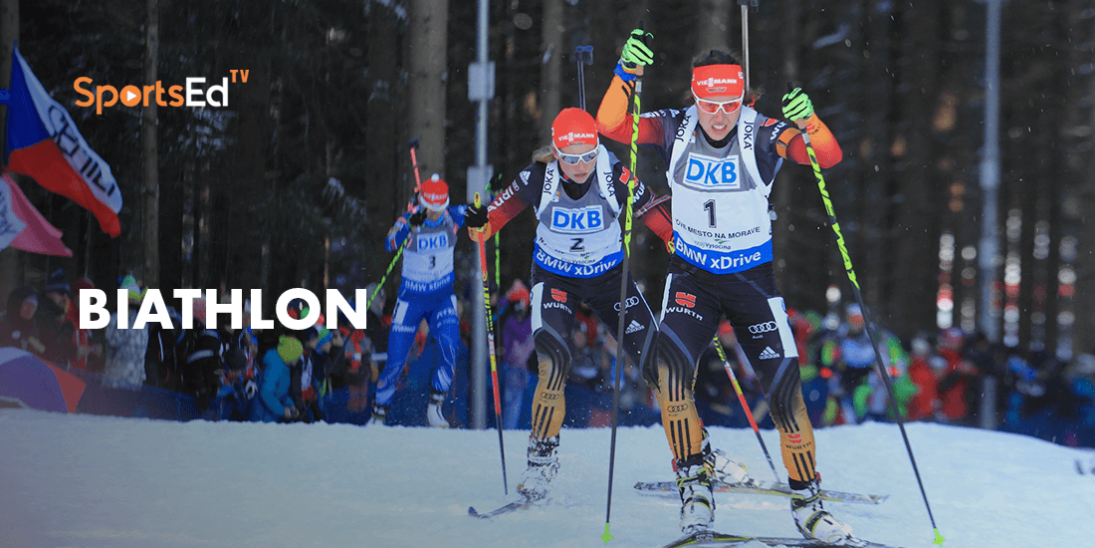Skiing
Welcome and thanks for visiting...

Basics of Big Air FreeSki Competition
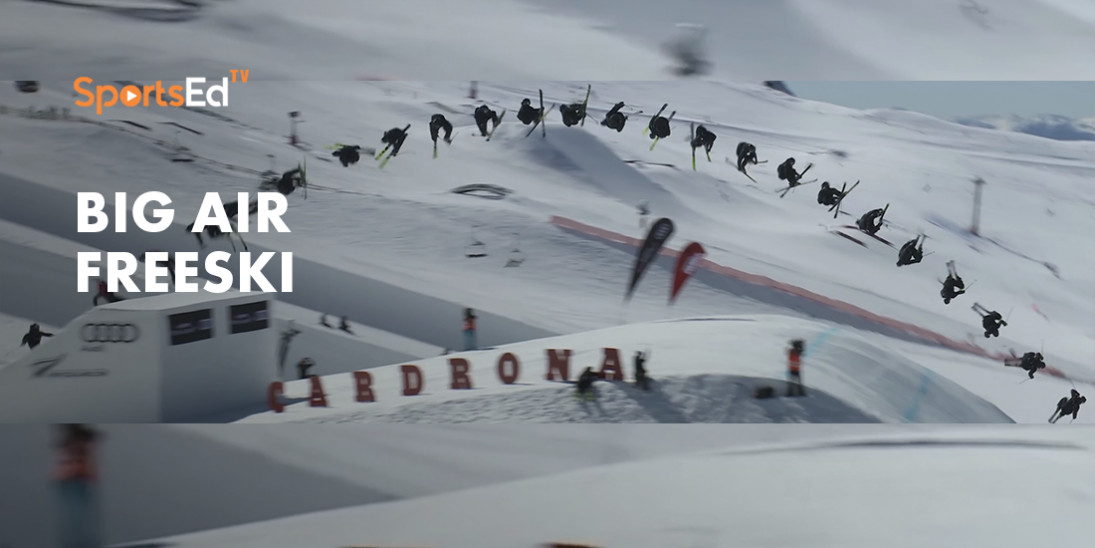
FreeSki Big Air is new to the Olympic Winter Games, taking place at Shuguang Park in Beijing.
The world's first and only permanent big air venue, standing 50 meters tall with an Enron run of approximately 75 meters. There are both men's and women's events in beginning with qualification with the top 12 athletes proceeding to the finals.

Beijing 2022 venue: Big Air Shougang
FreeSki Big Air is a judged sport where athletes take off from a kicker and whilst airborne, perform tricks before attempting a clean landing. While other judged freestyle skiing disciplines like half-pipe and slopestyle require athletes to perform numerous tricks and jumps in big air. They perform only one, so they need to push the boundaries to stand out and impress the judges.
Competitors are awarded up to 100 points based on the difficulty execution, amplitude landing, and progression of their jumps. Difficulty is measured in many ways, spinning with more rotations, spinning with different axes, using unorthodox grabs, and getting more amplitude.
But even if a trick is more difficult, it does not mean it will score higher with the judges. Sometimes a technically easier trick performed with style control and an unorthodox variation can outscore a more difficult one with amplitude. Athletes must go big to perform tricks with so many flips and rotations, good amplitude will see a competitor landing in the appropriate place or sweet spot, a low trajectory or landing short on the knuckle--the area after the jump, where the terrain goes from being horizontal to sloping, is considered poor amplitude and will affect the score negatively.
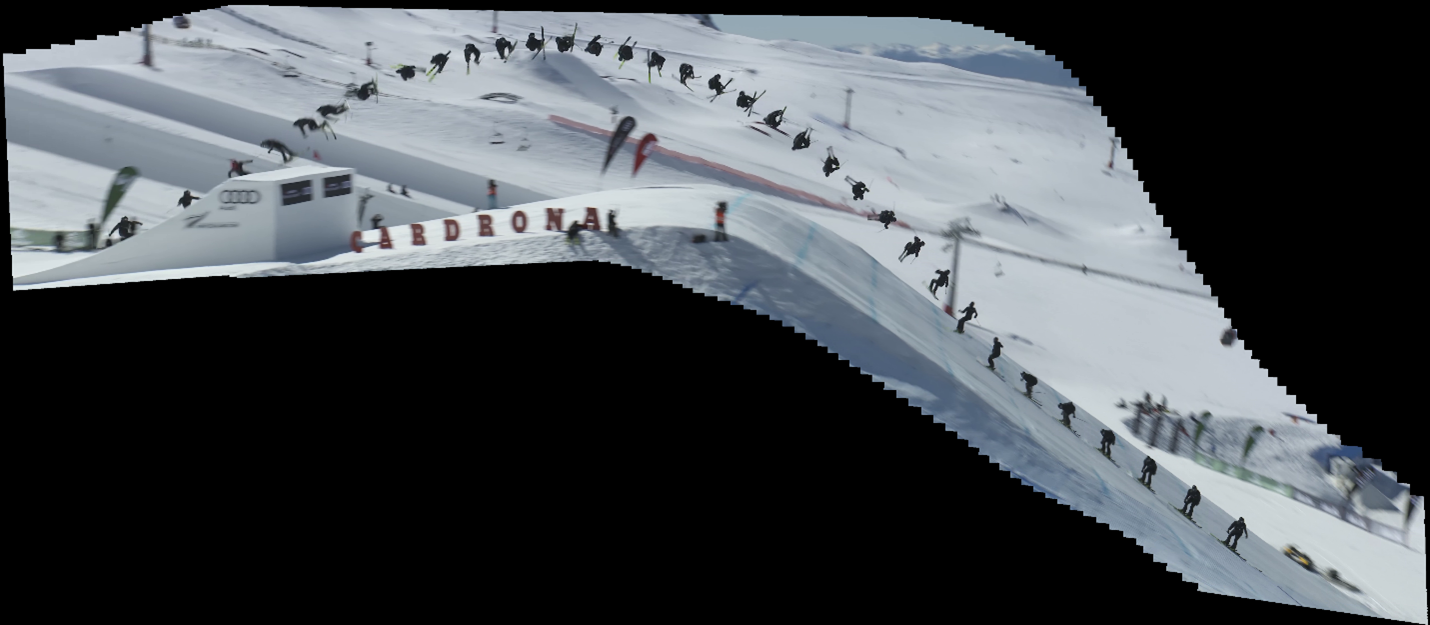
Photo credit: StroMotion by Dartfish
Progression covers many things. The most obvious is a new trick never performed before, but other elements can also be considered progressive such as if an athlete performs a trick, variety grab, or anything new, unique, rare, innovative, or creative that can be recognized as progression.
New combinations of grab sequences for different varieties of double grabs can also be considered progression. A clean landing is key to a successful jump and is when the athlete lands on the balls of their feet or lightly on edge, with no other parts of the body or skis making contact with the snow.
In-Depth Short Freestyle Skiing Info Courtesy of NBC Olympics


